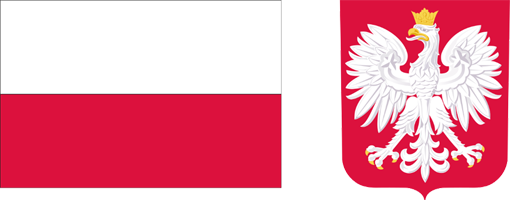Current issue
Archive
About the Journal
Aims and Scope
Editorial Board/Editorial Team
List of reviewers
Publishing process
Publishing Ethics and Malpractice Statement
Personal data protection (GDPR)
Creative Commons License
CrossRef Member / Similarity Check
For Authors
Call for papers
Guidelines for authors
Submitting a manuscript through the editorial system – step by step
For Reviewers
Peer review process
Guidelines for reviewers
Submitting a review – step by step
Contact
RESEARCH PAPER
SCENARIOS OF THE COMMON AGRICULTURAL POLICY AFTER 2020
1
Szkoła Główna Gospodarstwa Wiejskiego w Warszawie
Publication date: 2018-03-29
Zagadnienia Ekonomiki Rolnej / Problems of Agricultural Economics 2018;354(1):9-38
KEYWORDS
ABSTRACT
The dynamic nature of changes in the macroeconomic environment and various views of Member States on the future of the Common Agricultural Policy in the European Union cause that its shape is usually a result of various forces and factors. They are both, exogenous, related to the situation on global markets, economic policy on a global scale and European Union, as well as endogenous, connected to the changes in the agricultural sector and its direct environment. The on going discussion revealed many controversies which will have an impact on the decisions shaping the CAP for the next budget perspective after 2020.
The aim of this study is to critically review the evolution of agricultural policy and to identify possible scenarios for its changes in the new budgetary perspective after 2020. Before identifying possible scenarios of the future agricultural policy of the EU, the authors draw attention to some dilemmas such as: predicted increase in global demand for food, limiting production intensity in the EU, rationality of the level and allocation of support, problem of capitalization of subsidies in land prices, conflicting objectives of the CAP, diverse expectations of Member States, and consequences of Brexit for the CAP in the next budgetary perspective.
Fundamental reforms of the CAP took place in the 1990s in response to international pressure and the results of GATT and later WTO negotiations. The current reform of the CAP must deal with other types of external forces, such as the crisis of the euro-zone, disintegration movements (Brexit) and integration in the euro-zone, the influx of emigrants, the threat of terrorism, as well as worsening effects of climate change. The authors, based on a literature review and their own reflections, present six possible scenarios for the development of the CAP after 2020. It is very likely that the shape of the future CAP will be the result of a political compromise between Member States, which may indicate that there will be no radical changes in the CAP in the next budgetary perspective. In the long run, agricultural policy will undergo further transformations, forced among others by the likely technological revolution facing the 21st century agriculture, demographic changes in the countryside, climate change or the need to support rural development, taking into account their diversity in the EU countries.
We process personal data collected when visiting the website. The function of obtaining information about users and their behavior is carried out by voluntarily entered information in forms and saving cookies in end devices. Data, including cookies, are used to provide services, improve the user experience and to analyze the traffic in accordance with the Privacy policy. Data are also collected and processed by Google Analytics tool (more).
You can change cookies settings in your browser. Restricted use of cookies in the browser configuration may affect some functionalities of the website.
You can change cookies settings in your browser. Restricted use of cookies in the browser configuration may affect some functionalities of the website.



